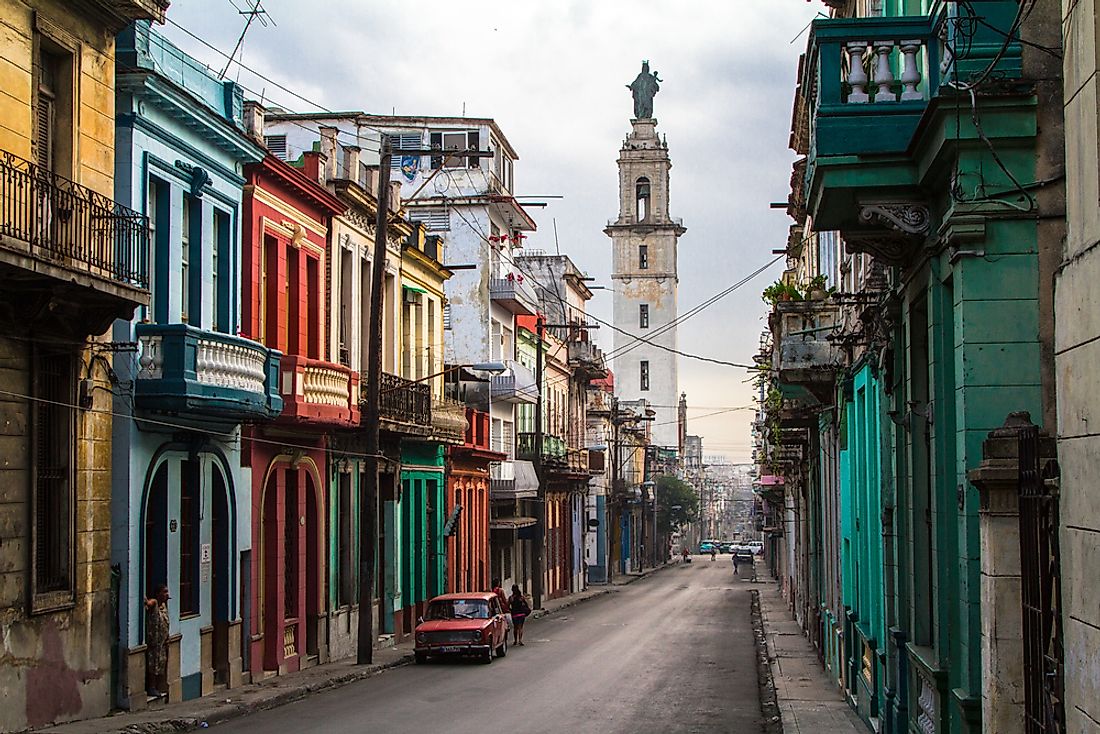When Did Cuba Gain Its Independence from Spain?

Cuba became part of the Spanish Empire in the 16th century. The island was of great interest to Spain primarily due to its sugarcane plantations, which were among the largest in the world. In the 18th century, Cuba was briefly occupied by the British, who later surrendered their claim to the island back to Spain in exchange for Florida. Some politicians in the United States had in the early 19th century suggested the annexation of Cuba by America, suggestions that were well received in some quarters in the island. However, such ambitions were never pursued.
Armed Conflict
The native population had expressed its displeasure with the actions and policies of the colonial authority for decades. This discontent was fanned by other issues witnessed in the years before the outbreak of the war. The most polarizing issue was that of slavery, with Spain refusing to abolish the practice that had become economically and socially retrogressive. There was also social injustice in the Spanish colony, as the minority Spaniards who accounted for only 8% of the local population, controlled more than 90% of Cuba’s wealth. As a result, there was a trilogy of wars that culminated in the independence of Cuba.
The Ten Years’ War (1868-1878)
The first of the three wars was known as the “Guerra de Los Diez Anos” (The Ten Years’ War), named after its ten years between 1868 and 1878. Spain had domestic problems of its own that hindered its war efforts in the final years of the conflict after the eruption of Spain’s Third Carlist War in 1872. Nonetheless, division among the Cuban insurgents saw them surrender and signed the Pact of Zanjon in 1878, ending the war.
Little War (1879-1880)
However, not all Cuban rebels signed the Pact of Zanjon. One group led by Calixto Garcia continued the armed confrontation in what was to be known as the “Guerra Chiquita” (Little War). The insurgents were disadvantaged as they lacked proper military training and experience, and had a shortage of arms. The ambitious war also failed to receive support from Cubans, who were already exhausted by the Ten Years’ War. By September 1880 the rebels were defeated, and the Little War was over. The Spanish colonial government instituted little reforms to remedy the social issues plaguing the colony. Cuban dissent increased, political temperatures soared, and a new war was destined to break out.
Cuban War of Independence (1895-1898)
In February 1895 the colony was engulfed in a new war, known as Cuban War of Independence. Initially, rebels led by Jose Marti had lobbied for assistance from exiled Cubans in Florida and Latin America to fight for Cuban independence. The “Guerra de Independencia Cubana” was the last war in the trilogy, and was the bloodiest of the three, resulting in the death of about 0.3 million Cuban civilians. The United States became embroiled in the conflict after the sinking of the USS Maine battleship in 1898 and signaling the start of the Spanish-American War. The involvement of the United States in the war resulted in the defeat of Spanish forces who surrendered sovereignty over Cuba on December 10th, 1898 in the signing of the Treaty of Paris, which provided for the Independence of Cuba from Spain. There was 3.5 years of the US military rule before Cuba became impendent on May 20th, 1902.











